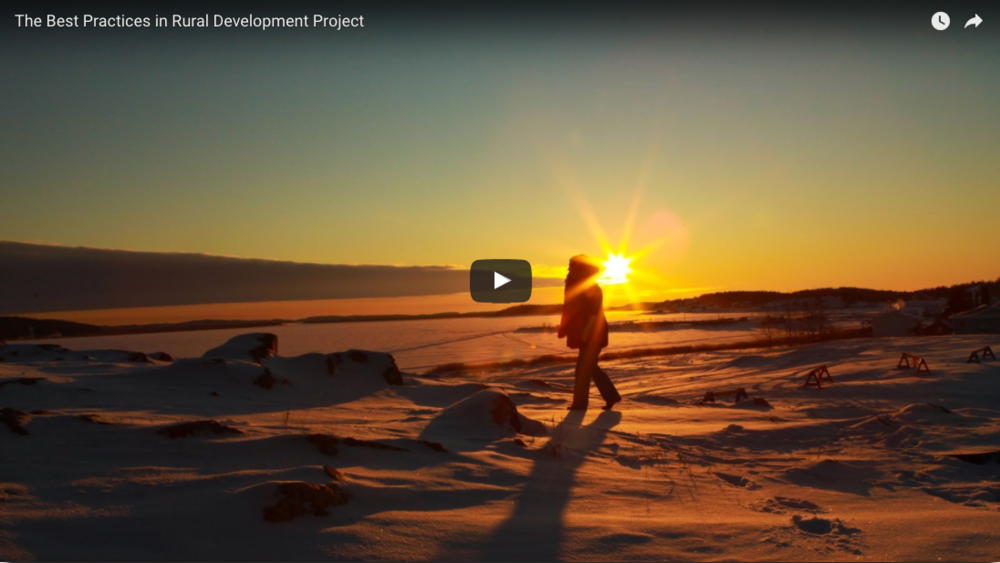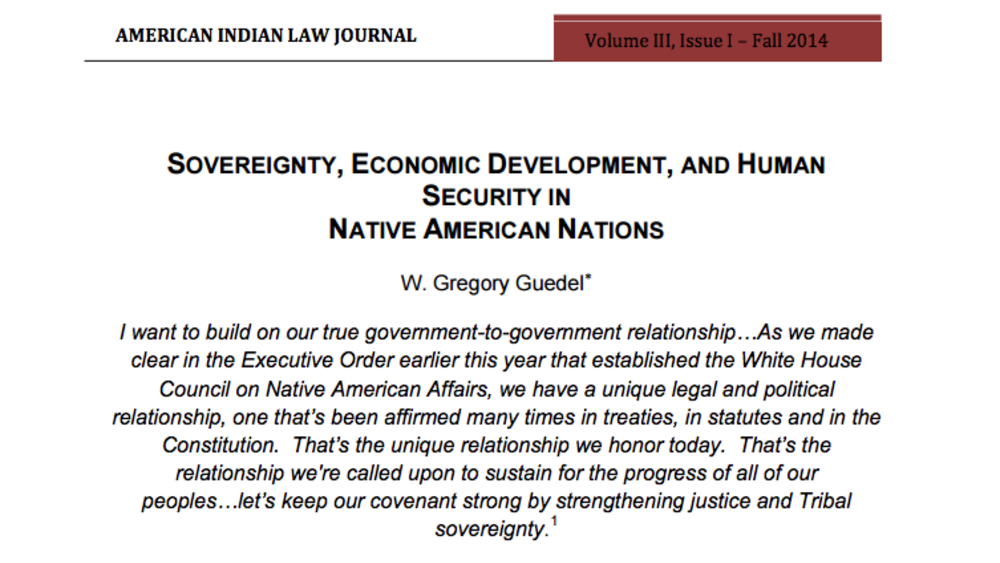The seventh chapter in Investing in Rural Prosperity, "Native America x Rural America: Tribal Nations as Key Players in Regional Rural Economies", outlines the diversity of Native nations, including with respect to governmental structure and economic opportunity. It also explores the history and evolution of Native economies, the effect that European colonization and U.S. government policy have had on economic opportunity in Indian Country, and efforts by Native people to improve Native economic prosperity. The authors highlight ongoing challenges to improving Native economies, including the still small on-reservation private and nonprofit sectors, and the need for continued improvements in creating business friendly legal infrastructure and access to capital. The chapter concludes by showcasing instances in which cooperation between Native nations and nearby non-Native communities have led to improved quality of life for both and proposes that increased regional collaboration could result in substantial mutual gains for both tribal and rural communities.
Investing in Rural Prosperity, published by the Federal Reserve Bank of St. Louis in collaboration with the Federal Reserve Board of Governors, seeks to help rural individuals and communities achieve shared economic prosperity. By outlining a framework for how to approach rural development successfully and showcasing stories of progress in different communities—as well as highlighting recommendations for action by policymakers, practitioners, funders and researchers—the editors and authors hope to advance this important goal.
The book includes contributions from 79 authors in the United States and abroad, representing financial institutions, nonprofits, philanthropies, academia and government agencies. The chapters touch on a wide range of topics, including entrepreneurship support, workforce development, energy efficient manufactured housing, and digital inclusion. The book delves into the challenges of our past and the promise of our future. Ultimately, Investing in Rural Prosperity is a call to action, so we can realize that promise—together.
The views expressed in the book do not necessarily reflect the views of the Federal Reserve Bank of St. Louis, the Board of Governors of the Federal Reserve System, or the Federal Reserve System.
Additional Information
Jorgensen, Miriam, and Joan Timeche. “Investing in Rural Prosperity Chapter 7: Native America x Rural America: Tribal Nations as Key Players in Regional Rural Economies” Saint Louis Fed Eagle, Federal Reserve Bank of St. Louis, 23 Nov. 2021, https://www.stlouisfed.org/community-development/publications/invest-in-rural




